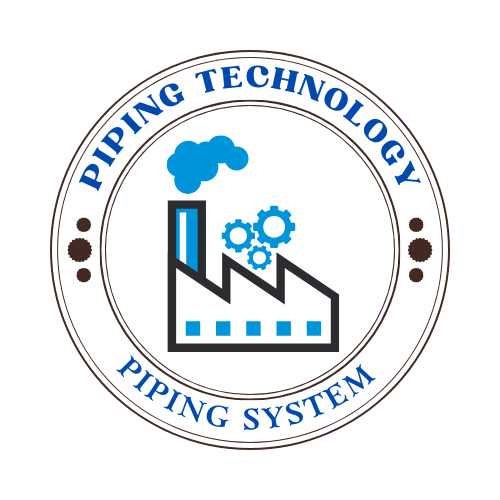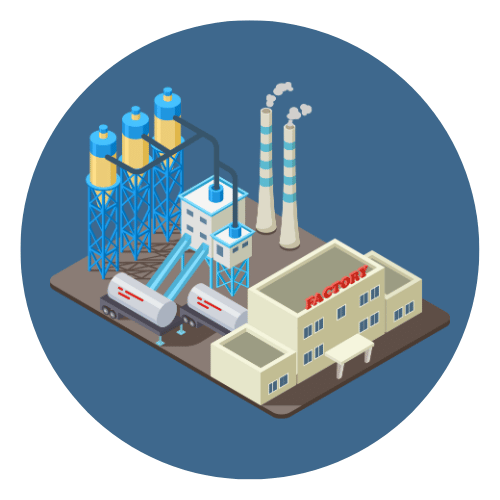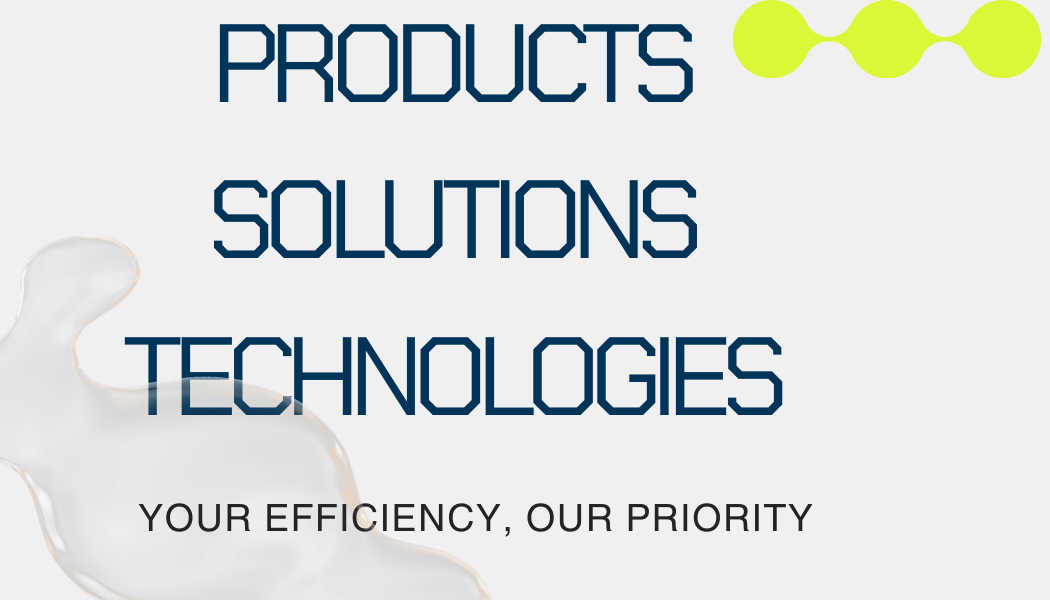IV. Applications of Dosing Pumps
Dosing pumps are used across a broad spectrum of industries due to their precision, chemical resistance, and automation capabilities. Their role in ensuring exact chemical or fluid injection makes them indispensable in processes where even slight deviations can lead to system failure, product spoilage, or safety risks.
Let’s explore the major industries and how dosing pumps are applied in each:
1. Water and Wastewater Treatment
One of the most common applications, dosing pumps are used to treat drinking water and process wastewater by injecting:
-
Chlorine for disinfection
-
pH adjusters like sodium hydroxide or sulfuric acid
-
Coagulants and flocculants for solid separation
-
Defoamers and anti-scalants to enhance filtration efficiency
In municipal and industrial plants, dosing pumps help meet regulatory standards for water quality and ensure safe discharge into the environment.
2. Chemical Processing and Industrial Manufacturing
In chemical plants and processing units, dosing pumps are used for the precise blending and mixing of aggressive chemicals. Applications include:
-
Injection of catalysts or inhibitors
-
pH control in chemical reactors
-
Neutralization of acidic or basic waste streams
-
Controlled feeding of surfactants, resins, or emulsifiers
Because many of these fluids are corrosive or hazardous, dosing pumps are chosen for their compatibility and sealed design.
3. Food and Beverage Industry
In food production, hygiene and accuracy are essential. Dosing pumps are often used for:
-
Injecting flavorings, colorings, and preservatives
-
Metering cleaning agents and sanitizers in CIP (Clean-In-Place) systems
-
Controlling yeast and enzymes in fermentation
-
Adding CO₂ or nitrogen in beverage bottling lines
Food-grade dosing pumps are typically made with FDA-compliant materials and are easy to clean to avoid contamination.
4. Pharmaceutical and Biotechnology Manufacturing
High precision and sterility are crucial in this field. Dosing pumps are used in:
-
Metering active pharmaceutical ingredients (APIs) during formulation
-
Sterile fluid transfer in bioreactors
-
Dispensing buffers and reagents in laboratory processes
-
Feeding nutrients in fermentation and cell culture systems
These pumps are often part of automated, closed-loop systems and designed to meet GMP (Good Manufacturing Practice) and other regulatory standards.
5. Agriculture and Fertigation Systems
In modern agriculture, dosing pumps support fertigation and irrigation by injecting:
They help reduce chemical waste and ensure uniform distribution, improving crop yield and soil health.
6. Oil and Gas Industry
In upstream and downstream operations, dosing pumps play a vital role in chemical injection systems used for:
Due to extreme pressure and temperature conditions, rugged pumps made from corrosion-resistant alloys are used.
7. Swimming Pools and Aquatic Facilities
Dosing pumps are used in automated pool maintenance systems to add:
-
Chlorine or bromine
-
Algaecides
-
pH regulators
These ensure safe and balanced water chemistry, reducing manual effort and errors.
8. Laboratories and Research Settings
In laboratories, dosing pumps are employed for:
These pumps support repeatable and traceable results, often integrated with data acquisition systems.
9. Textile and Paper Industries
In dyeing and paper manufacturing, dosing pumps are used to inject:
Accurate dosing ensures consistent product quality and reduces chemical waste.
10. Breweries and Beverage Plants
In addition to CO₂ or flavoring injection, breweries use dosing pumps for:
-
Cleaning and sanitization chemicals (CIP)
-
Yeast control in fermentation tanks
-
Enzyme dosing during the brewing process
Each application has specific requirements regarding flow rate, chemical compatibility, and control precision. The versatility of dosing pumps makes them essential tools for process engineers, operators, and maintenance teams across these sectors.


 Automation System
Automation System  Energy Engineeing
Energy Engineeing  Instrumentation System
Instrumentation System  Mechanical Engineeing
Mechanical Engineeing  Piping Technologies
Piping Technologies  Transportations
Transportations  Manufacturing
Manufacturing  Training Material
Training Material 
















